What Causes Varicoceles?
Varicoceles are a relatively common condition (affecting approximately 10 percent of men) that tend to occur in young men, usually during the second or third decade of life. Sometimes these varicoceles cause no symptoms and are harmless, but sometimes a varicocele can cause pain, atrophy (shrinkage), or fertility problems.
Normally blood flows to the testicles through an artery and flows out via a network of tiny veins that drain into a larger vein that travels up through the abdomen. Varicoceles occur when there is a reverse of blood flow. This stretches and enlarges the tiny veins around the testicle to cause a varicocele, a tangled network of blood vessels also known as varicose veins.
One of the signs of a varicocele is an aching pain when the individual has been standing or sitting for an extended time and pressure builds up in the affected veins. Usually (but not always) painful varicoceles are prominent in size. Atrophy, or shrinking, of the testicles is another sign of varicoceles. The condition is often diagnosed in adolescent boys during a sports physical exam. When the affected testicle is smaller than the other, repair of the varicocele is often recommended. The repaired testicle will return to normal size in many cases.
There is an association between varicoceles and infertility or sub-fertility, but it is difficult to be certain if a varicocele is the cause of fertility problems in any one case. Other signs of varicoceles can be a decreased sperm count, decreased motility, or movement of sperm, and an increase in the number of deformed sperm. It is not known for certain how varicoceles contribute to these problems, but a common theory is that the condition raises the temperature of the testicles and affects sperm production.
Typical varicocele symptoms are mild and many do not require treatment. Treatment may be necessary if the varicocele is causing discomfort or any of the other problems listed above.


